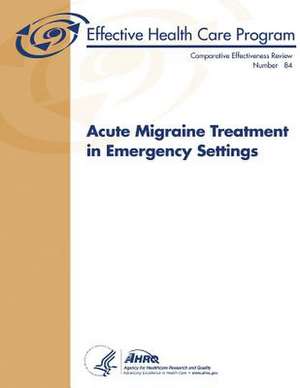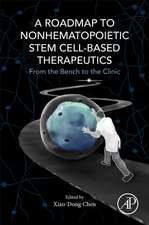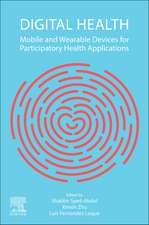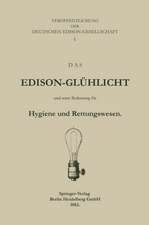Acute Migraine Treatment in Emergency Settings
Autor U. S. Department of Heal Human Services, Agency for Healthcare Resea And Qualityen Limba Engleză Paperback
Preț: 158.08 lei
Preț vechi: 166.39 lei
-5% Nou
Puncte Express: 237
Preț estimativ în valută:
30.25€ • 32.35$ • 25.22£
30.25€ • 32.35$ • 25.22£
Carte disponibilă
Livrare economică 28 martie-11 aprilie
Preluare comenzi: 021 569.72.76
Specificații
ISBN-13: 9781483907277
ISBN-10: 1483907279
Pagini: 224
Dimensiuni: 216 x 280 x 12 mm
Greutate: 0.53 kg
Editura: CREATESPACE
ISBN-10: 1483907279
Pagini: 224
Dimensiuni: 216 x 280 x 12 mm
Greutate: 0.53 kg
Editura: CREATESPACE



















